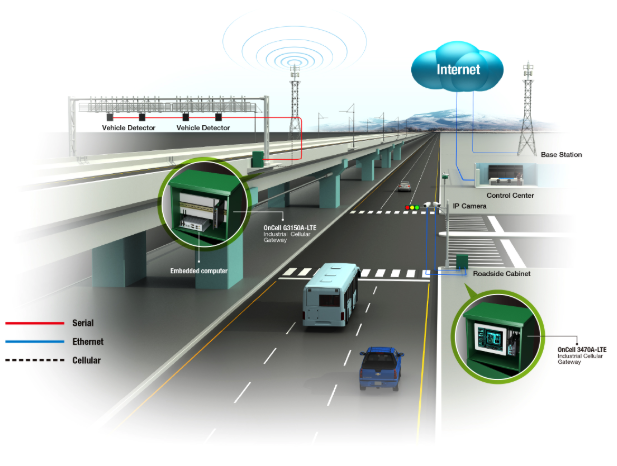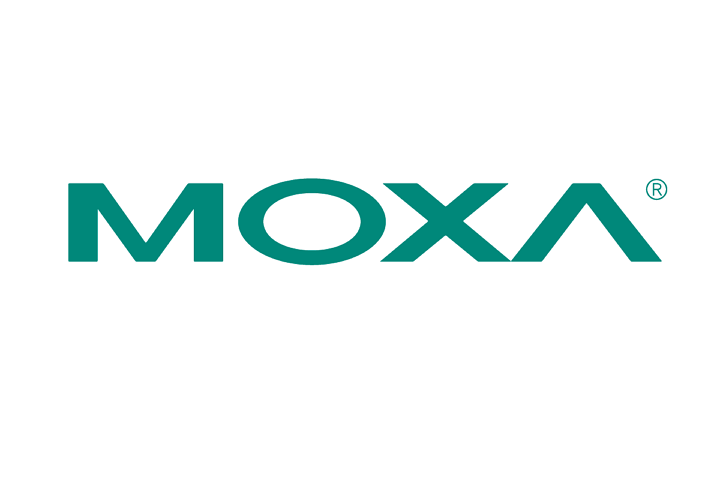The LTE technology is widely growing in the realm of mobile communication. Already a prevalent standard in smartphones, it is rapidly integrating into industrial devices and applications. Industrial operators, particularly those exploring the adoption of the IIoT, have recognized the potential of LTE mobile technology in linking diverse industrial systems that support an increasing number of devices spread across multiple locations. LTE mobile connectivity is crafted to deliver dependable, extensive coverage with minimal latency, a crucial necessity in critical industrial applications. This article delves into the additional advantages that LTE mobile technology can offer to your IIoT applications, illustrated by a case study.
Effortless and Secure Distant Access
Long-distance and broad-area applications are no longer confined by distance and speed limitations. Network devices constructed using the LTE standard can accommodate the high bandwidth and speed required for large-scale long-distance network applications, such as intelligent transportation systems (ITS), power distribution, and water treatment and distribution systems. The majority of these LTE mobile devices also present integrated security features and secure remote communication tools, like VPN supporting OpenVPN, IPSec, GRE, and NAT protocols, without compromising network speed. Hence, LTE mobile technology is particularly suitable for distributed industrial applications that mandate continuous connectivity and high data speeds.
Future-Proofing IIoT Devices and Applications
One of the driving factors behind the remarkable surge in the adoption of LTE mobile technology in the IIoT is the goal of future-proofing IIoT applications. Because of the high expense associated with replacing industrial equipment and applications, industrial operators anticipate their systems to function flawlessly for 10-15 years, or more. The streamlined, all-IP architecture of LTE technology renders it more adaptable and scalable, making it ideal for IIoT applications. Additionally, LTE technology offers inherent data security. Business operators embracing LTE mobile technology can dodge the hassle of frequent and costly equipment and application upgrades.
LTE Mobile Solutions Optimized for the IIoT
The staggering pace at which LTE mobile technology is being embraced in various applications across diverse industries has proven advantageous for operators. Various industrial consortia and corporate partnerships are dedicated to advancing this technology further. The availability of LTE chipsets and modules designed specifically for the IoT is expediting the production of LTE devices for the IIoT. The mass production of these devices is also pushing costs down. As the technology evolves with a slew of features being rapidly integrated, both in hardware and software, it presents additional incentives to manufacturers and users to welcome LTE mobile technology and solutions.
Case Study: Constructing a Reliable Mobile Network for an Intelligent Transportation System
Intelligent transportation systems (ITS) ensure commuter safety by enhancing traffic information accessibility for all users and infusing intelligence into the transportation network to facilitate efficient traffic operation coordination. Uninterrupted real-time data transmission is essential for enhancing traffic flow and reducing accidents. LTE mobile gateways represent ideal solutions for secure high-bandwidth data transmission between numerous traffic points and the traffic control center. These gateways can also be deployed in highway or roadside intelligent traffic control systems, such as electronic toll collection systems, intersection monitoring systems, and CMS boards.
For instance, in an Electronic Toll Collection (ETC) system, the precision of vehicle details and toll information is imperative for efficient toll collection. An LTE mobile gateway can be harnessed to establish dependable, swift communication between ETC terminals and the control center for transferring data collected from various remote devices and IOs. Systems like traffic light sequencing, control systems, and intersection video surveillance aid in coordinating traffic flow, monitoring traffic, and identifying violations. Data collected from a myriad of devices linked to the Gigabit Ethernet ports of the gateway must be transmitted to the traffic control center via the cellular network. The cellular gateways positioned in compact outdoor cabinets along highways and roads need to endure the high temperatures within these cabinets. Furthermore, alongside the extensive data amassed from roadside devices, details such as the status (open/closed) of the cabinets’ doors help fortify these cabinets against intrusions and sabotage.

Moxa’s Resolution
Moxa’s OnCell LTE gateways provide reliable connections in harsh environments for continuous wireless operations round-the-clock to cater to diverse requirements of your large-scale network applications. Moreover, the subsequent functions and features offer an ideal solution for your high-speed long-distance critical industrial applications:
- Dual cellular operator backup with dual-SIM GuaranLink for dependable cellular connectivity
- Rugged hardware design well-suited for hazardous locations (ATEX Zone 2/IECEx)
- Industrial design with dual-power inputs and built-in DI/DO support
- Power isolation design for enhanced device protection against detrimental electrical interference
- VPN secure connection capability with IPSec, GRE, and OpenVPN protocols
- OnCell Central Manager assistance for remote network device management and economical private-IP solutions
For more details and use cases, download the application note.
- Not Only for Automobiles: Discovering CANbus Technology in Various Industrial Settings - October 29, 2024
- Boost Your Network Performance: An Exciting Manual to PoE Switches! - September 10, 2024
- Understanding Gigabit Switches: Industrial vs Regular Gigabit - September 4, 2024


